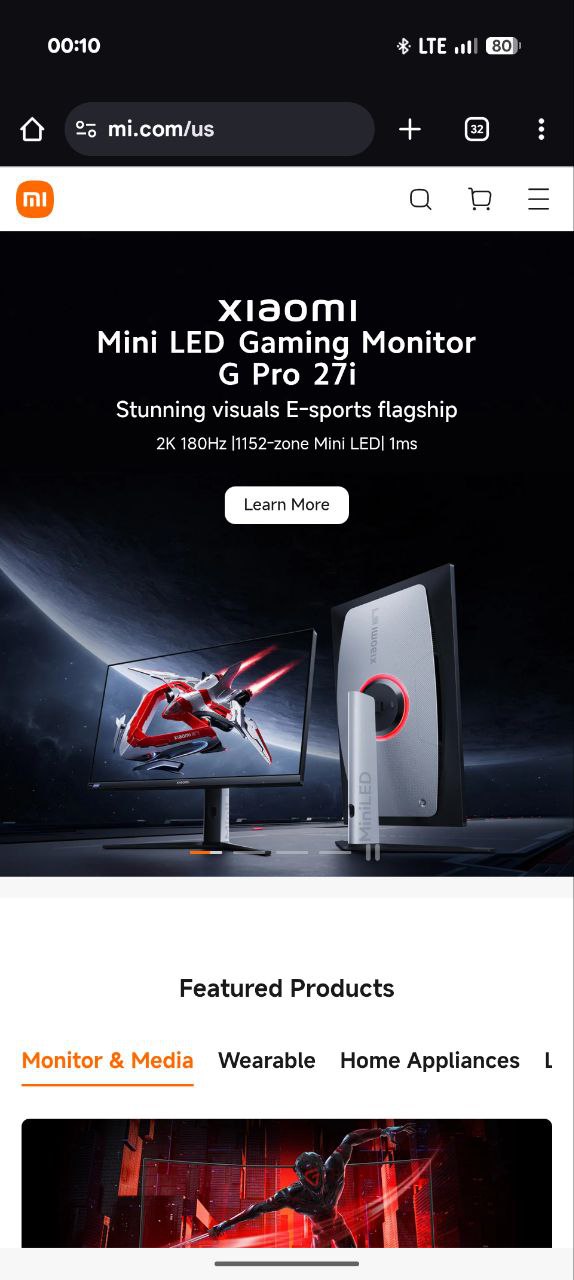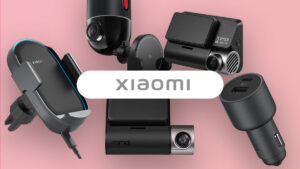Xiaomi, a Beijing-based technology behemoth and an ever-present member of the Fortune Global 500 List, has established a brand reputation as a company that brings innovation and an affordable price tag to the world’s smartphone market. Although technically a “global” company, a closer analysis of Xiaomi’s actual market, as of 2025, shows that it is indeed a company with a number of “strategic” absences, given that it is the world’s number-three smartphone manufacturer, lagging only behemoths Apple and Samsung.
Although Xiaomi is a leading brand in countries like China, India, and Europe, its market is absent or limited in North America and other countries that are sanctioned by the company, as mentioned: Sanctioned countries.
1. Active Markets: Restricting Rather Than Expanding
Xiaomi knowingly restricts the operation of their gadgets in a number of countries that come under international bans. The countries are:
- Cuba
- Iran
- Syria
- North Korea
- Sudan
- Crimea
Such restrictions are, of course, not nonsensical either. As indicated by Xiaomi’s export control policy, they abide by both U.S. and international export laws so as to continue their access to world supply chains as well as world financial systems. Devices sold in this region through 2021 were disabled by this announcement:
“Xiaomi policy does not permit product activation in the region you are in.”
Although it faced criticism, this action proved that Xiaomi was serious about being compliant all over the world. Later, it removed the restriction, calling it a “temporary compliance investigation.”
2. Strategic Absence in North America
The absence that has perhaps drawn the utmost attention is the strategy by Xiaomi to refrain from launching cell phones either in the United States or Canada.
The U.S. Market
Although mi.com/us is present, the company puts out ecosystem devices like smart air purifiers, TV boxes, monitors, and wearables, with a glaring exception: smartphones. The reason lies in political tensions.
The U.S. Department of Defense gave the company a temporary designation as “Communist Chinese Military Company” early in 2021. Although the company managed to erase the designation through a court decision, the incident highlighted the dangers posed by competing in the American smartphone market.
The company adopts a “low-risk” approach by engaging with smart devices that are not likely to pose a concern to national security, hence adopting an “ecosystem-first approach” strategy as a company, which is a strategy that differs from Huawei as they are very confrontational.
The Canadian Market
The availability of Xiaomi devices in Canada is even less – there are no official sales or website. Canadian buyers purchase their devices through Grey market importers, Swiftronics or Mi4Canada, but they do not offer any warranty or network certification.
The main reason for this absence, however, is Canada’s strict regulation, which is largely similar to the regulation in the US. It will require costly certification and carrier tests if Xiaomi wishes to make an entry into the Canadian smartphone market, and this should not happen unless the company makes an entry into the US market as well.
3. Grey Regions: The Undesirable Xiaomi Address Space
Aside from their sanctioned and strategic exclusions, Xiaomi sells their products all over what are commonly termed “grey market” countries. The term ‘grey market countries’ refers to countries where, although Xiaomi does not have any official distribution, due to market demands, their products are imported or are bought by locals, often through internet purchases by potential clients, including countries like Africa, Central Asia such gadgets are imported legally, but they are sold unofficially. Such gadgets may help create brand recognition for Xiaomi, but they pose serious disadvantages:
- Lack of international warranty service
- Software updates limited or unavailable
- Lack of network compatibility (for example, VoLTE non-compatibility)
Interestingly, some grey markets end up growing into official markets. One major example is Australia, which transitioned from a grey market to an official region as of late 2025 due to the availability of mi.com/au.
4. The Bigger Picture: A Three-Speed Global Strategy
The market distribution structure at Xiaomi is a global, three-tier model:
- Protected Markets – Fully compliant, officially supported regions like China, India, and the EU.
- Avoided Markets – High-risk or overregulated areas like the U.S. and Canada.
- Incubation Markets – Grey zones where consumer demand is tested before potential official entry.
Instead, all these absence patterns are an indication that Xiaomi is capable of adapting to the geopolitical complexities and trading complexities involved. Additionally, instead of a negative, this strategy makes Xiaomi even stronger by staying away from high-risk areas.
In the absence of Xiaomi from some countries is far from accidental but a result of strategy, cooperation, as well as managing risks and priorities. Although well-meaning fans may want to bring Xiaomi technology to the U.S. or Canada, Xiaomi’s caution will help its continued viability in a politicized world of technology.


 Emir Bardakçı
Emir Bardakçı



